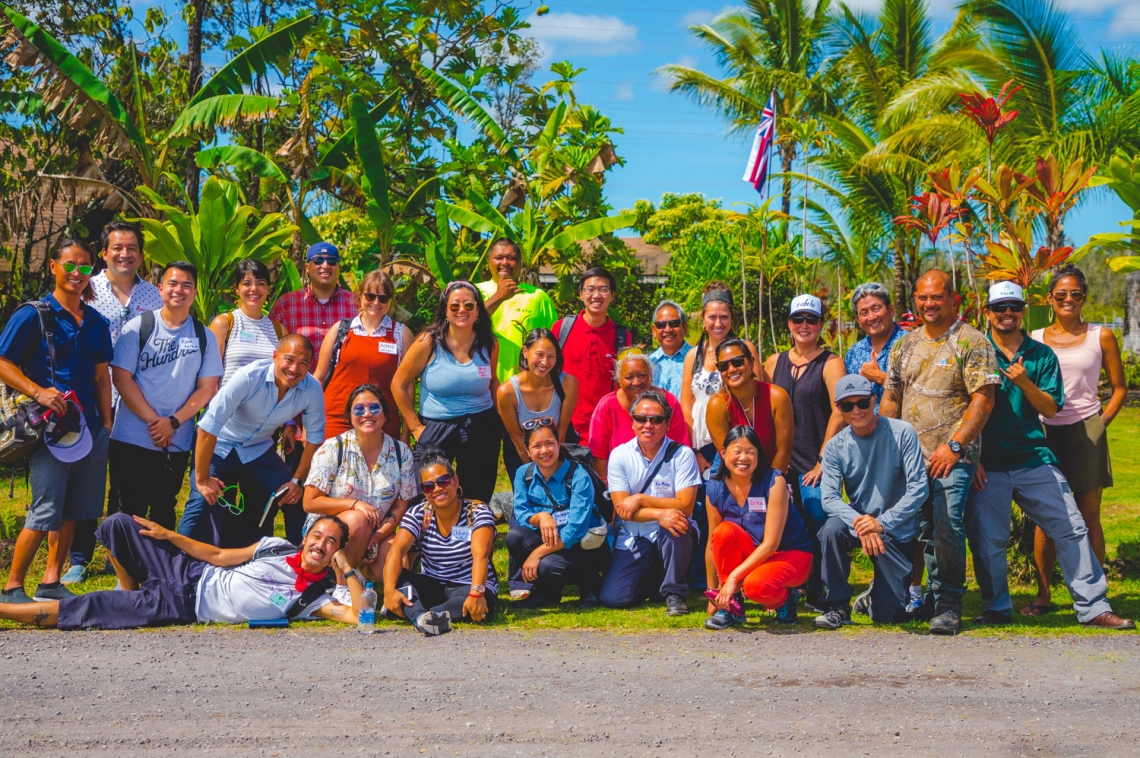
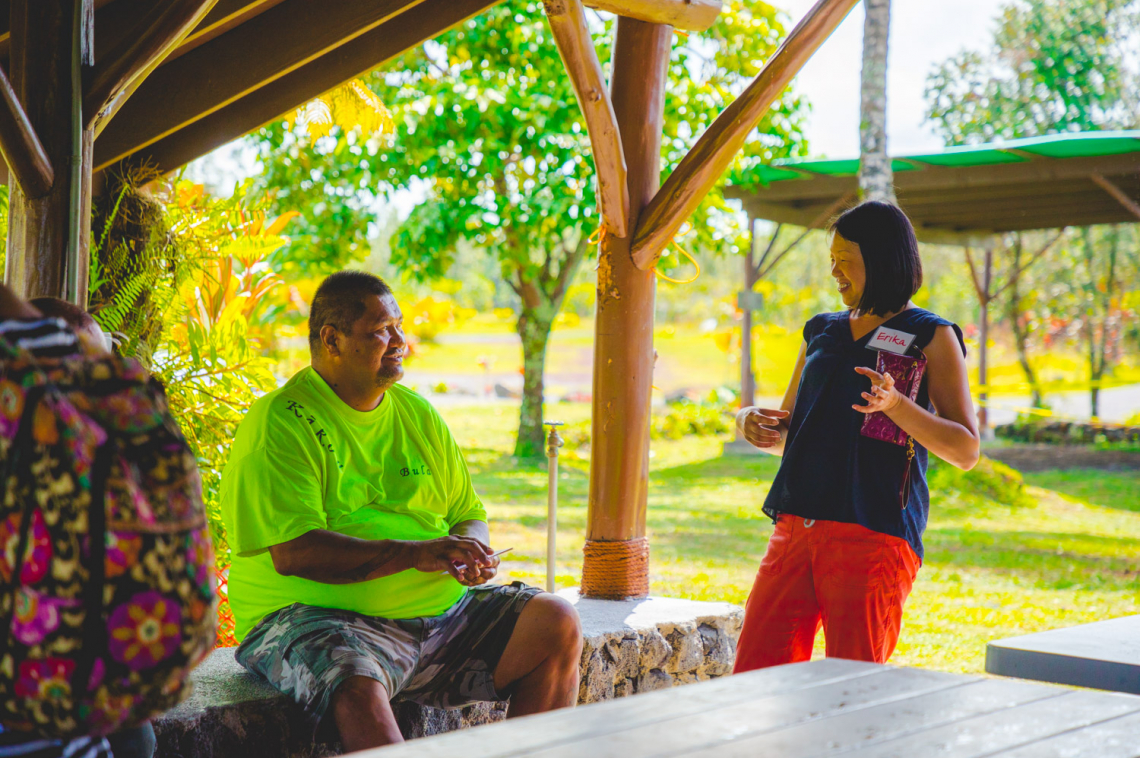
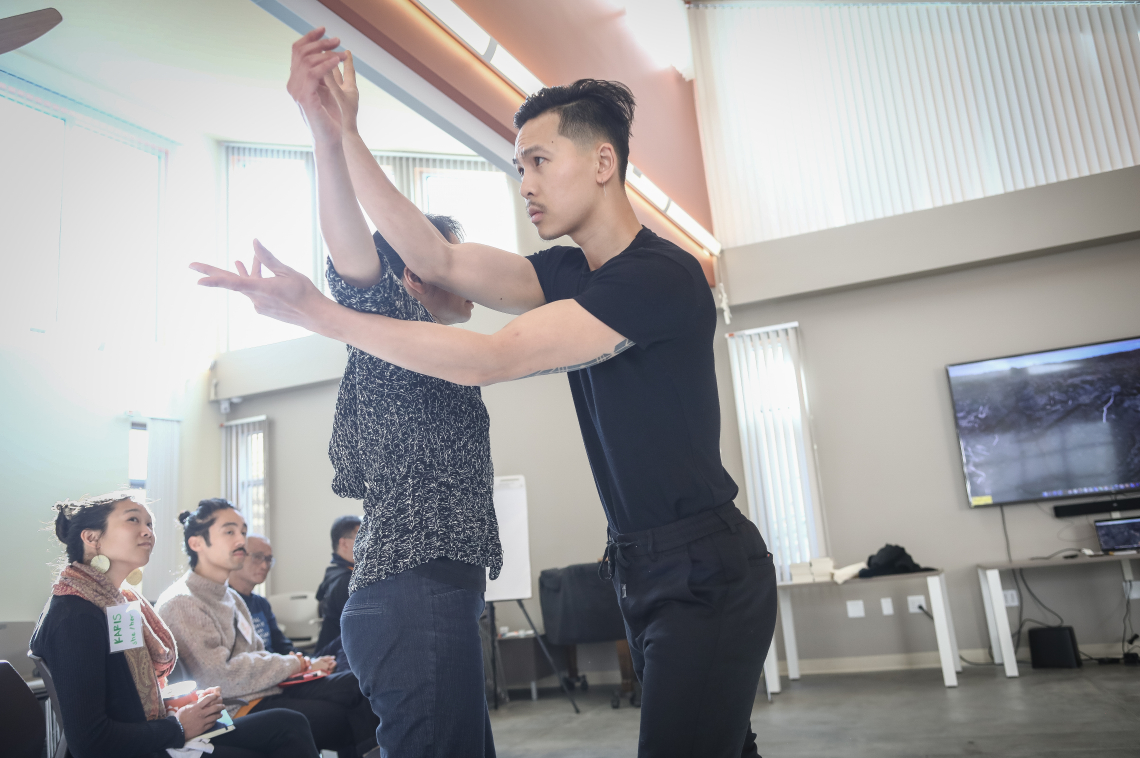
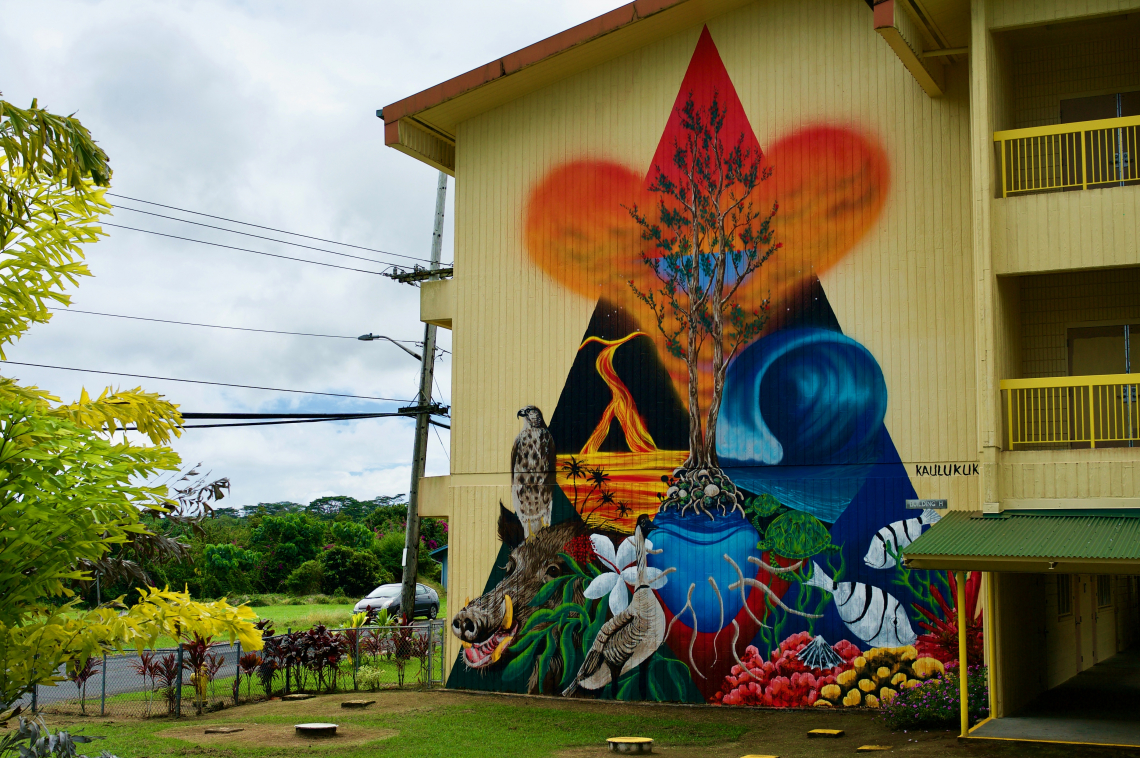
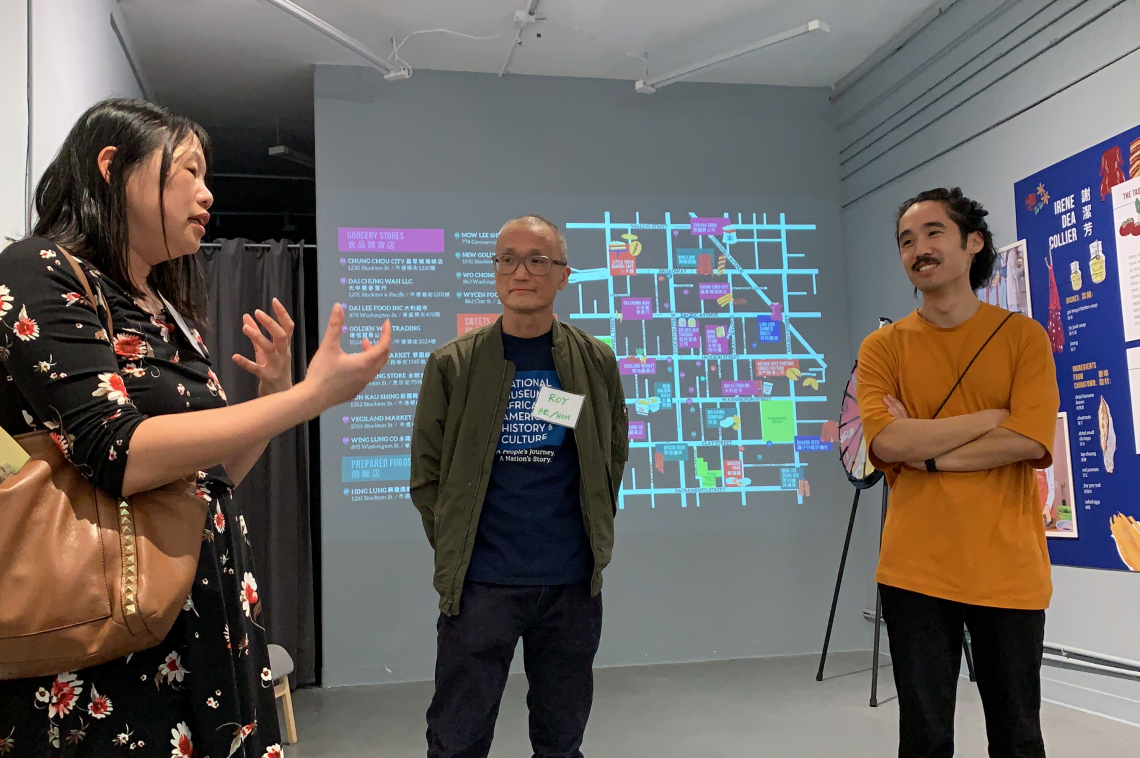
Registration is open for the ArtPlace America Virtual Summit, a celebration and culmination of a decade of work as part of an extraordinary community of artists, community developers, culture bearers, designers, government officials, philanthropists, and researchers coming together from rural, suburban, Tribal, and urban communities across the United States. This blog post is part of a series from our BIPOC affinity group leaders. These are peer led, community organized sessions that meet a couple of times before, during, and/or after the summit.
The virtual summit is free and open to the public. For more information and to register visit ArtPlaceSummit.org
Follow the summit conversation on social media via #ArtPlaceSummit
- - -
It seems like ages ago that this COVID-19 pandemic first took hold. In some ways, we have recalibrated to meet the new normal - mask wearing outside of the home, zoom calls instead of in-person celebrations, supporting our children through distance learning. But each day a harsh reminder comes of the tremendous battle we collectively face to restore the health and vibrancy of our communities. For Asian American and Pacific Islander (AAPI) communities, we continue to see high rates of infection amongst certain ethnic groups, surges in unemployment rates, fewer customers to neighborhood businesses and cultural institutions, and ongoing xenophobia and racism.
In these uncertain times, many AAPI communities have turned to one another and stood in unity, organizing mutual aid, driving patrons to neighborhood restaurants, providing small business loans, and engaging limited English proficient elders. A 2019 NEA Our Town Knowledge Building grant to the National Coalition for Asian Pacific American Community Development has allowed one group of practitioners to lean on and take inspiration from one another at a time when peer support is needed most. The AAPI Creative Placekeeping and Placemaking Learning Circle is a collective of 20 AAPI community development and arts and cultural organizations. It is dedicated to exploring and documenting what creative placemaking looks like in AAPI communities, how it is done, and what makes it unique in its form and practice. And in times like these, it is exploring how our values guide our communities through waves of sheltering in place, healing, and recovery.
The Learning Circle began our journey together last Fall by exploring examples of cultural resilience in Hilo, Hawai‘i. Participants were first oriented to Hawaiian epistemology, an indigenous way of knowing that emphasizes the importance of the cultural context of knowledge, its connection to place and to an individual’s senses, the utility of knowledge in how it connects us to others and has a function and purpose, importance of intentionality and spirituality. This framing on Hawaiian worldview was essential to truly understanding the recovery efforts of local activists, government leaders and kupuna (respected community elders) in response to the 2018 volcanic activity in the Puna district of Hawai‘i island. While the lava event destroyed homes and businesses and cut the area off from the rest of the island, it was also seen by cultural practitioners (such as Kahalu‘u Bay Education Center, Kama‘āina United to Protect the ‘Āina and Hawaiian Civic Club of Laupahoehoe) as the latest in a long line of natural events that were tied to stories of place. We also had the incredible honor of visiting and learning from the kia‘i (protectors) of Mauna Kea, sacred land that has been under threat from construction of a massive telescope. Led by elders, the occupation is a community of practice, including hula, chants, eating, listening and learning together.
This time together in Hilo reaffirmed that our uniquely AAPI cultural values and ways of knowing are inseparable from our practice of creative placemaking and lifted up the importance of connecting with the root culture as a foundation.
Our second convening in San Francisco in early March 2020 further reinforced this point, while also underscoring how critical it is that we have expansive definitions of arts and culture in order to achieve equitable development. With a focus on neighborhood stabilization, the gathering highlighted the creative placemaking work of local community development organizations in response to threats of gentrification and displacement faced by San Francisco’s and Oakland’s historic Chinatowns. Once the only places for AAPIs to live, Chinatown served as and remains today a protection and kinship gateway for immigrants with jobs, familiar foods, housing, and services. We explored place-based strategies such as working with artists to tell stories of public housing, shopping for unique neighborhood products, and promoting small businesses with web and social media presence. By working with artists like Lenora Lee Dance, we can expand how both local residents and visitors appreciate, experience, and understand our communities.
Our final convening in St. Paul, Minnesota has been postponed in light of the pandemic, but will undoubtedly be one of the most impactful parts of our learning journey. With this year’s protests against racism that rocked that region and our country, we are hungry for deeper discussions on how arts and culture can lead in economic justice and economic development for communities of color. We continue to connect virtually in the meantime, using this Learning Circle for introducing ideas that allow us to heal from pain, advocate for equity and justice with other communities of color, and imagine new models of community development and resident engagement that truly centers our everyday practices of culture and arts at the core of our work. It also reminds us that our path forward as communities and as a nation is guided by our cultural values and the resilience and wisdom that exists within our ancestors, our people and our places.
This article is authored by Erika Gee (Chinatown Community Development Corporation), Brent Kakesako (Hawai‘i Alliance for Community Based Economic Development) and Joyce Pisnanont (National CAPACD). The AAPI Creative Placekeeping and Placemaking Learning Circle is an initiative of National CAPACD (National Coalition for Asian Pacific American Community Development) and is supported by the National Endowment for the Arts Our Town program, NeighborWorks America and the Kresge Foundation. Facilitation has generously been provided in-kind by Local Initiatives Support Corporation (LISC) and ArtPlace America. Participants of the program hail from AAPI communities across the U.S., where artists and cultural bearers are leading the charge to make change in their communities.





